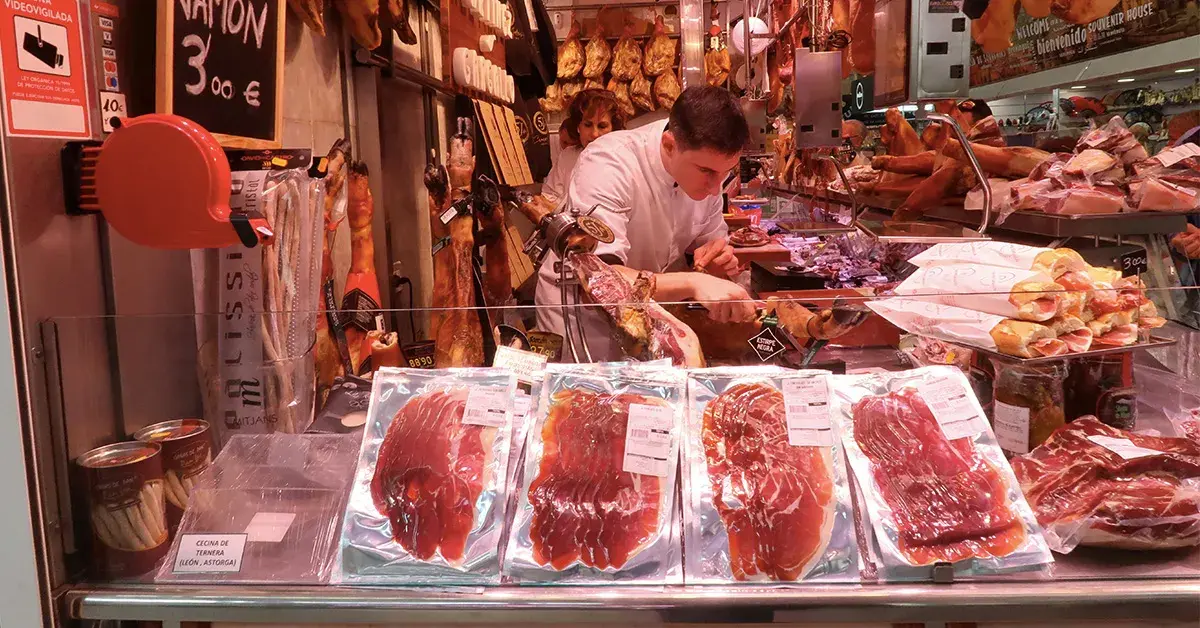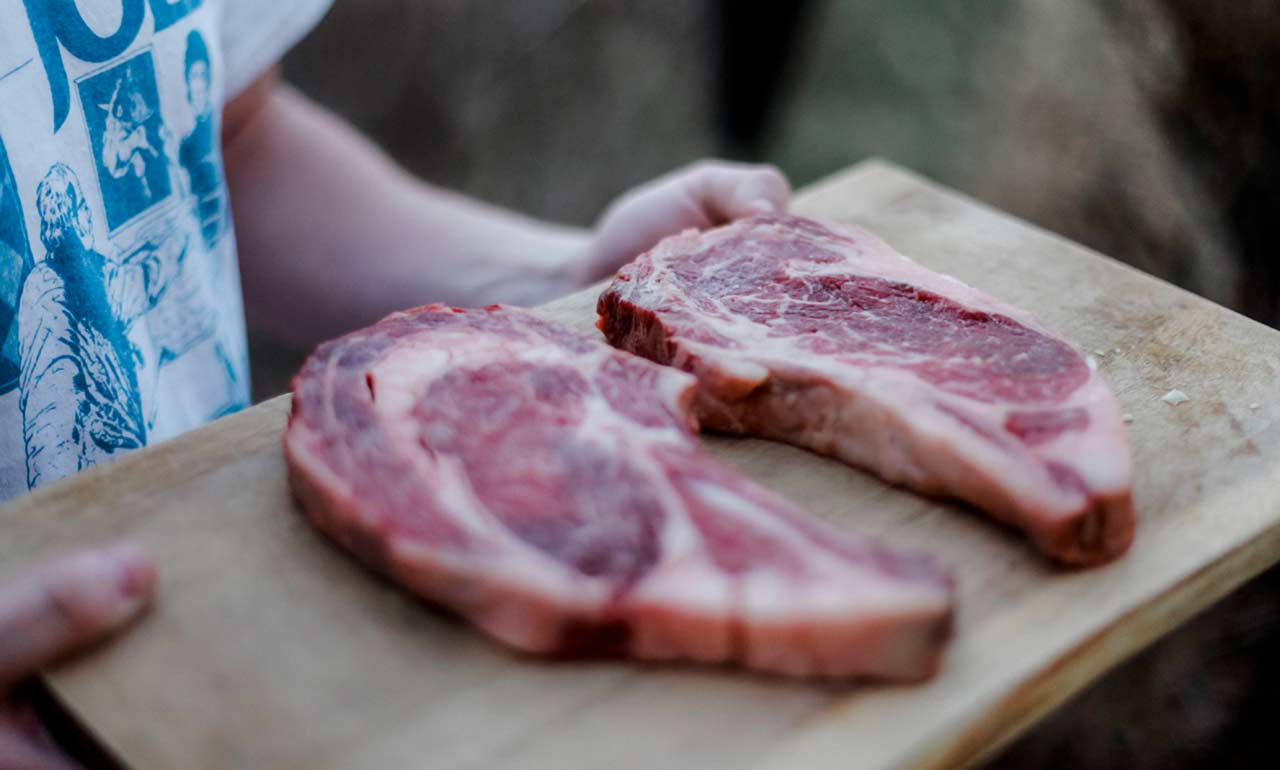Shop for the best meat selection at Bagley Meat Market Edwardsville IL near you.
Shop for the best meat selection at Bagley Meat Market Edwardsville IL near you.
Blog Article
Just How to Select the Perfect Cut of Meat From a Trusted Meat Market
Selecting the excellent cut of meat from a trusted meat market needs a thoughtful method that stabilizes high quality, culinary function, and budget. Understanding the different kinds of meat and their respective cuts is essential, as is engaging with your butcher to gain insights into sourcing and prep work. Observing features such as color, structure, and marbling can additionally assist your choice. As you think about these elements, it becomes clear that the nuances of your choice can substantially influence the result of your dish, prompting a much deeper exploration of the requirements that truly issue.
Understanding Meat Cuts


As an example, the tenderloin is prized for its buttery texture and minimal connective cells, making it perfect for quick food preparation methods such as cooking or pan-searing. On the other hand, harder cuts like the brisket or shank benefit from slow-moving food preparation strategies to break down collagen, producing rich and savory results.
Furthermore, the fat web content of a cut plays a crucial function in flavor profile and wetness retention during food preparation. Cuts with greater fat material, such as ribeye, provide a more robust flavor, while leaner alternatives, like sirloin, might call for mindful prep work to stay clear of dry skin (bagley meat market edwardsville il). Recognizing these nuances enables for informed choices that raise cooking productions, making certain that each recipe showcases the most effective top qualities of the picked meat
Elements to Take Into Consideration
When choosing the ideal cut of meat, a number of important elements enter into play that can considerably impact the final dish. Think about the type of meat you prefer-- beef, pork, lamb, or chicken-- as each offers unique tastes and textures. The specific cut within that group is just as vital; for example, ribeye delivers abundant marbling, while tenderloin offers a lean, buttery texture.
Another element is the food preparation technique you intend to utilize. Cuts suitable for barbecuing, such as T-bones or sirloins, differ from those far better suited for slow-moving food preparation, like chuck roasts or shanks. Additionally, quality is critical; constantly choose meat with a dynamic color and firm texture, signifying top quality and correct handling.
Premium cuts might provide remarkable preference, but there are additionally economical choices that, when prepared correctly, can yield tasty results. Balancing these aspects will help you select the excellent cut for your cooking requirements.
Concerns to Ask Your Butcher
A butcher's competence can be very useful when choosing the excellent cut of meat for your culinary undertakings. Begin by asking concerning the source of the meat.
Following, inquire about the various cuts offered for the sort of meat you prefer. A knowledgeable butcher will discuss the subtleties of each cut, aiding you choose one that matches your cooking approach and preferred result. Do not wait to ask concerning the most effective food preparation techniques for a specific cut; butchers usually have suggestions that can enhance your recipe.
It's additionally sensible to inquire about the meat's freshness. Ask about the distribution routine and how usually the meat is restocked. This will certainly give you self-confidence in the quality of what you are buying. Ask for suggestions based on your personal taste choices. A great butcher will aspire to share their proficiency and recommend cuts that will certainly delight your taste buds. Engaging your butcher with these concerns can substantially improve your meat selection experience.
Identifying Quality Meat

Texture is one more crucial element; top quality meat ought to feel firm and a little resilient to the touch. Prevent any type of cuts that feel slimy or exceedingly dry, as these can show wasting or improper storage space. In addition, odor plays an important function; fresh meat should have a clean, neutral fragrance, while any repulsive or sour smells are warnings.
Last but not least, think about the resource. check my reference Getting from a reputable meat market, where the meat's origin is recognized, can guarantee better requirements. By concentrating on these signs-- color, marbling, texture, odor, and resource-- you can with confidence choose cuts that will raise your food preparation and eating experience.
Cooking Methods for each and every Cut
Selecting the appropriate cooking technique is extremely important for maximizing the flavor and tenderness of each cut of meat. Different cuts have unique qualities that dictate the most suitable food preparation strategies.
For tender cuts, such as filet mignon or ribeye, completely dry heat approaches like barbecuing, broiling, or pan-searing are optimal. These strategies enhance the all-natural flavors while making sure a juicy, delicious structure. Conversely, tougher cuts, such as chuck or brisket, take advantage of moist warm methods, including braising or slow cooking. These methods aid break down connective cells, resulting in a tender, tasty meal.
Pork chops and poultry busts are versatile and can be prepared using both dry and moist approaches. While barbecuing or roasting can produce tasty outcomes, poaching or sautéing can keep dampness and tenderness. For lamb, approaches like toasting or braising are recommended, as they enhance the meat's durable taste.

Conclusion
To conclude, choosing the perfect cut of meat from a credible meat market requires a detailed understanding of meat cuts and consideration of various aspects, including my review here resource, high quality, and food preparation methods. Engaging with the butcher through targeted inquiries can generate valuable understandings and suggestions customized to particular cooking needs. Prioritizing both high quality and spending plan will certainly enhance the total gastronomic experience, making certain that the chosen cut fulfills expectations in both taste and prep work.
Report this page